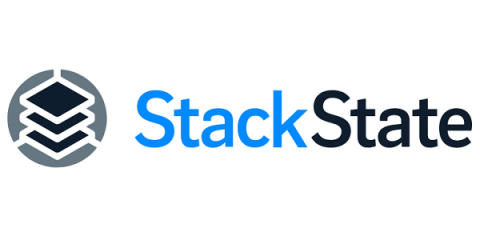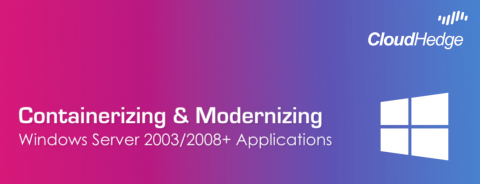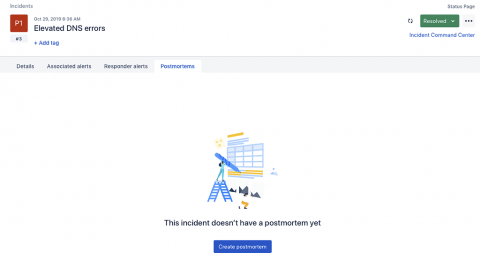How AIOps and CMDB can work in concert to manage IT changes
Do you ever find yourself blindsided by the impacts of proposed IT infrastructure changes? There are ways to avoid unexpected consequences of IT change management. In their latest research, Gartner describes how I&O leaders can improve observability, customer experience and business health by starting with AIOps, adding CMDB and, finally, using both working in concert. We summarized the key takeaways of the research for you in this blog.











